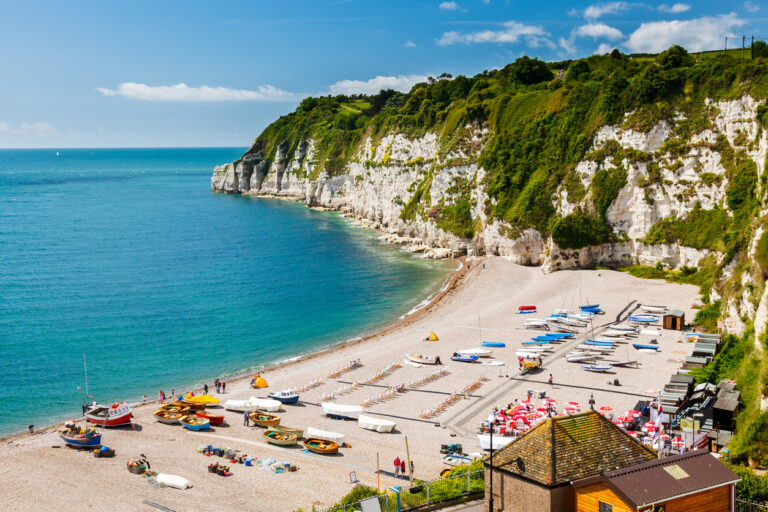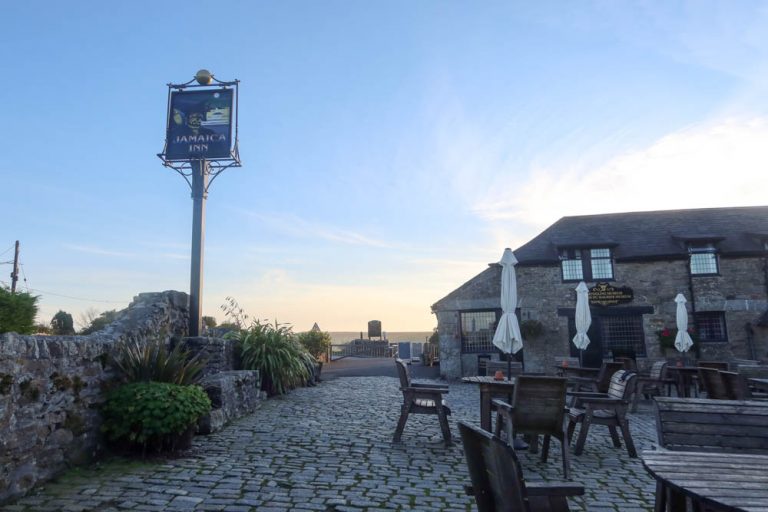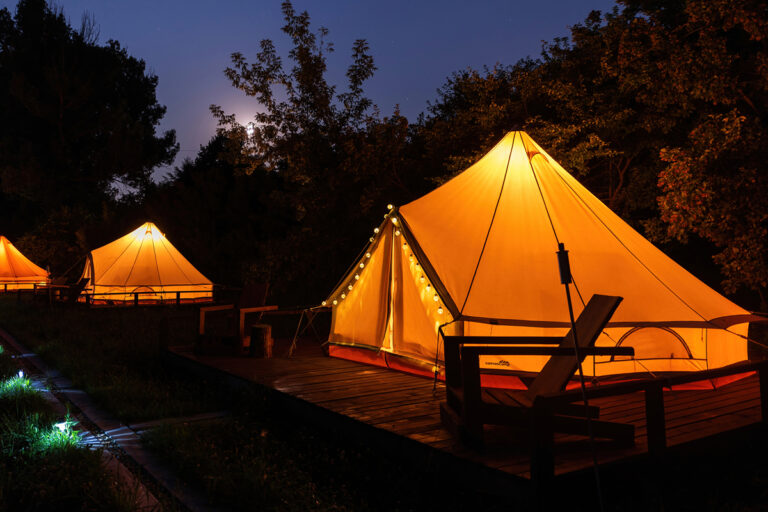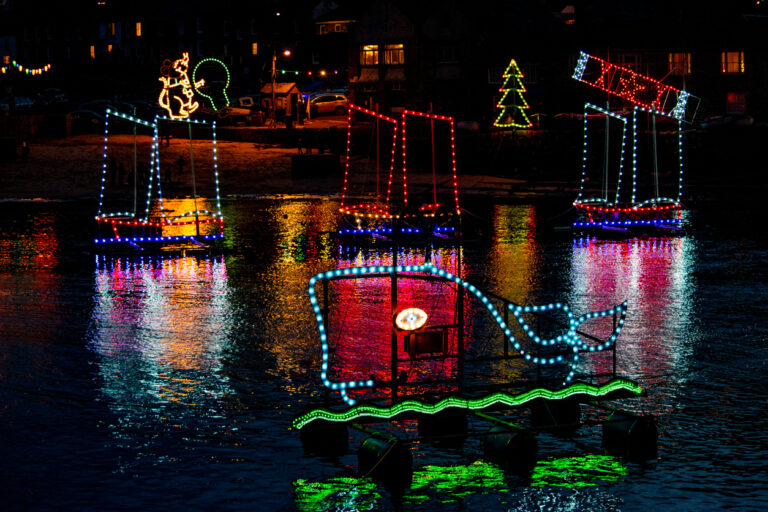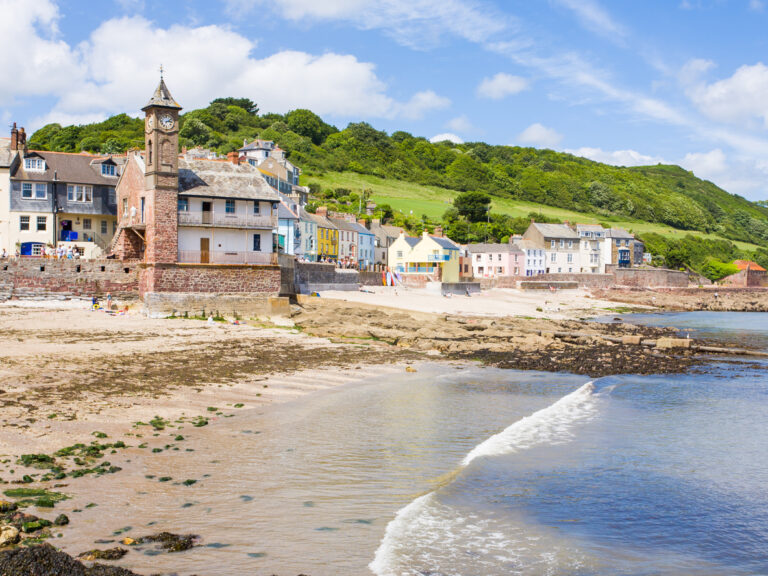The BIGGEST dangers in Cornwall
Is Cornwall safe? Yes, largely.
However, there are a few things to be aware of when you’re visiting this region of the UK.
Safety concerns in Cornwall are largely different to those of London or Manchester. Crime rates are low, but the natural surroundings and rural nature of the region can pose some other dangers!
Here are some of the biggest dangers in Cornwall to be mindful of while you’re exploring.
Sea conditions
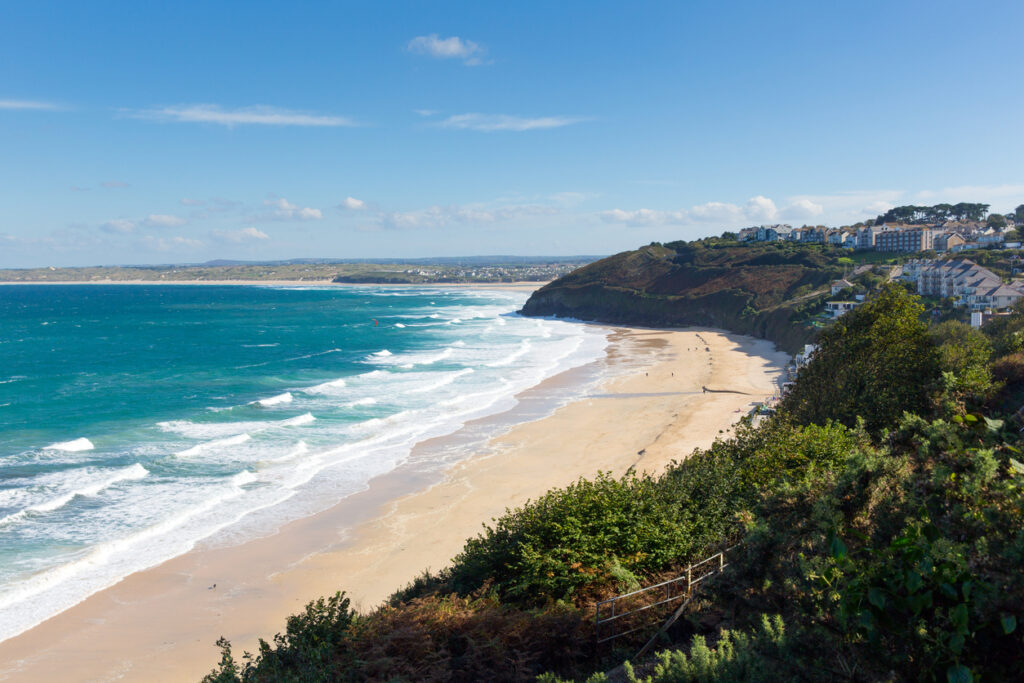
The sea is one of the reasons most people come to Cornwall, but it’s largely underrated how dangerous it can be.
The region is surrounded by water on three sides, and as it’s a peninsula that juts out into the Atlantic Ocean, the sea can be rough here.
Rip currents, hidden rocks, and swiftly changing tides are a handful of the dangers that you might encounter in Cornwall’s waters.
To stay safe, I’d recommend only swimming where a lifeguard is present (unless you are a very confident swimmer) and never getting in the sea when there’s a red flag flying.
If you have any doubt about getting in the sea, ask a lifeguard.
Cliff falls
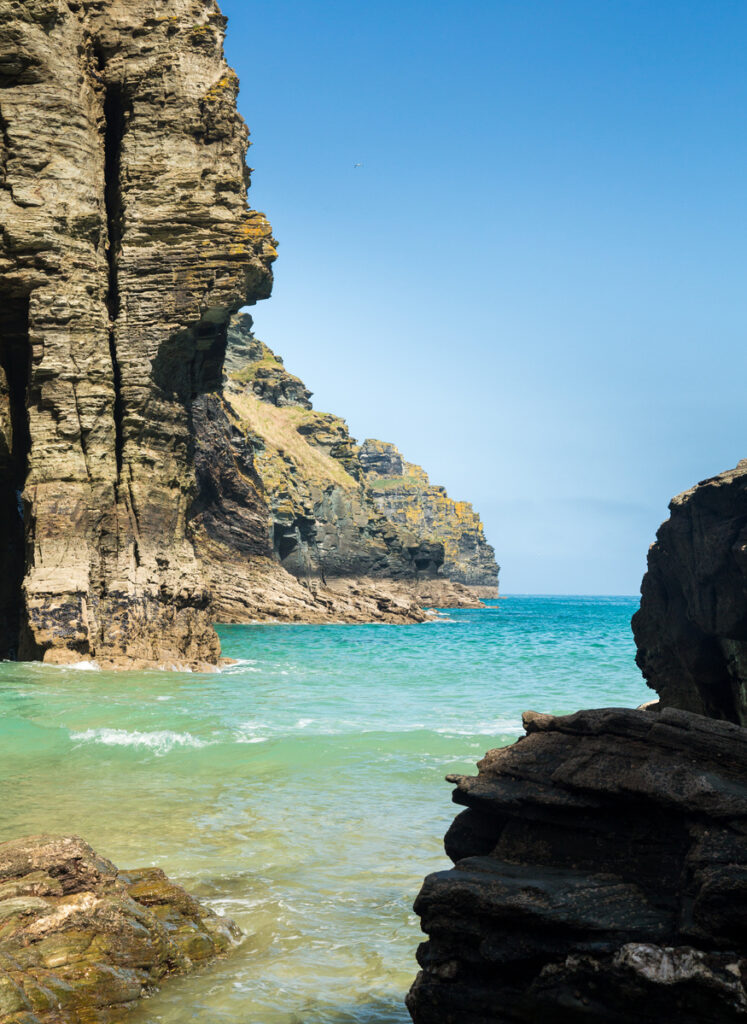
It’s also especially important to take care when exploring Cornwall’s cliffs!
Cornwall’s clifftops are mesmerising; and you should absolutely enjoy them and hike on them while you’re here!
But make sure you stay on pathways, follow any path diversions and don’t get too close to the edge. Cliff falls do happen, but the pathway is usually set back far enough to avoid being caught in one.
This isn’t official guidance, but personally, I wouldn’t venture on any of these cliffs with a dog who’s not on a lead. I’ve heard too many stories of dogs going over clifftops, and even people who’ve tried to rescue them and fallen themselves.
Storms and flooding
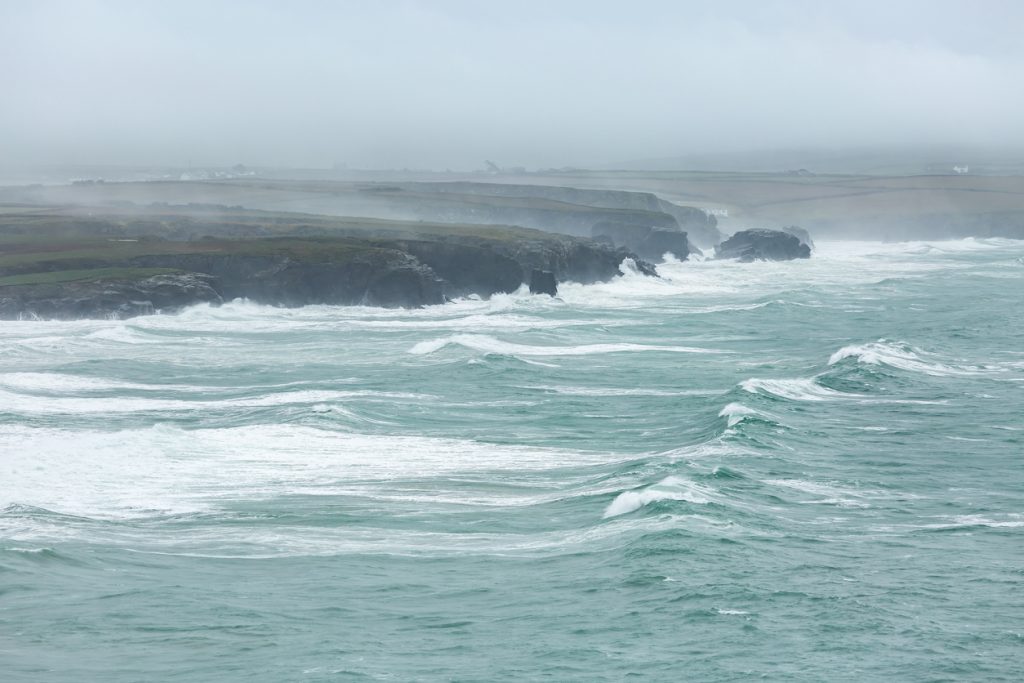
Storms in Cornwall can bring heavy rain and high winds, which often result in coastal and inland flooding. Between 2013 to 2014, the winter storms caused severe damage to the coastal areas, affecting many homes and businesses.
This is usually an issue in Cornwall in the winter months. However, if there are any storms while you’re in Cornwall, I’d recommend staying away from the coast path and exposed areas.
Animal bites and stings
While Cornwall doesn’t really have any dangerous animals per se, some creatures can cause damaging bites and stings.
The adder is the only venomous snake in the United Kingdom, and it can be found in the Cornish countryside.
Bites are rare, but they can occur if an adder is disturbed or feels threatened. Symptoms typically include swelling, pain, and nausea. If bitten, one should remain calm and seek medical attention promptly – untreated bites can be fatal.
Most bites occur between the months of February and October when adders are most active.
There are also a few marine animals that can give bites or stings.
Weever fish, often buried in the seabed can sting unwary beachgoers resulting in severe pain and sometimes allergic reactions – to avoid being bitten by them, wear sea shoes.
Jellyfish are also present in Cornish waters; their stings can range from mildly irritating to incredibly painful!
Mining shafts
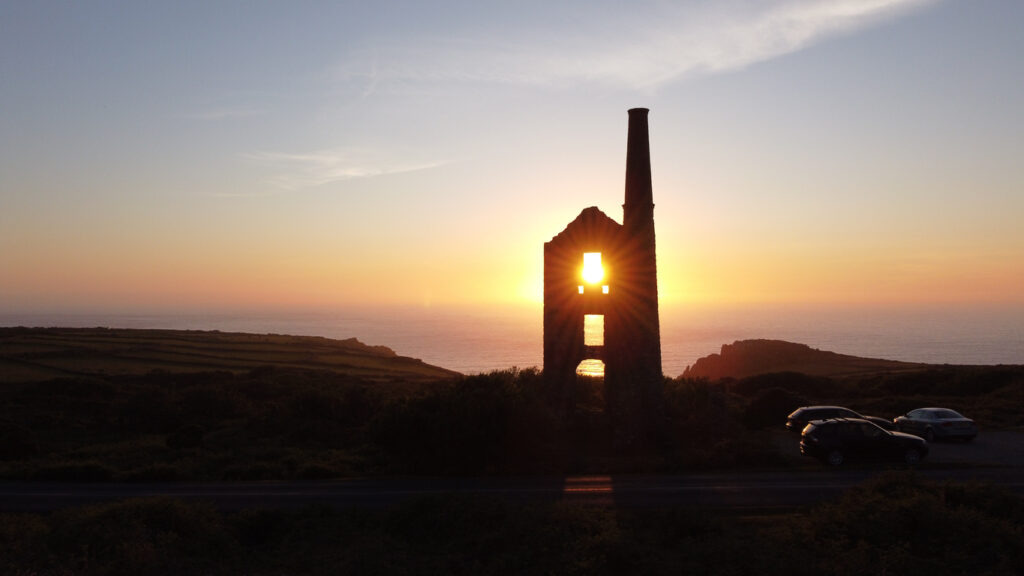
One of Cornwall’s most interesting cultural facets is the mining industry. While it’s interesting to explore these mines, if they’re mnot part of a properly managed operation they can cause damage.
Old mines and shafts can collapse, creating sinkholes that are hazards to buildings, infrastructure and personal safety.
So, do be extra careful if you explore an abandoned mine – and don’t go anywhere that’s out of bounds.
Narrow roads
Driving down narrow roads is definitely an issue in Cornwall.
In Cornwall, narrow roads are common, especially in rural and coastal areas.
These roads, often with blind bends and limited visibility, can be difficult to navigate.
Many are bordered by stone walls or hedges, leaving little room for error.
Drivers not familiar with these conditions might find themselves struggling to pass oncoming traffic, dealing with limited spaces to pull over and having difficulty navigating sharp bends and turns.
The fact that Cornwall is not the best connected by public transport only adds to this! Take it easy on these roads, don’t try to rush them or overtake too much. If you aren’t a confident driver, I’d recommend looking at where you can visit in Cornwall without a car and potentially heading to one of these instead of a car-only destination.
Cows and bulls
Yes, cows are dangerous! In fact, they’re probably among the most dangerous animals in the country.
Why? They’re large, and when they decide to charge as a herd towards some unsuspecting hikers… you can guess what could happen.
Bulls and cows, especially those with young calves, can be unpredictable and may become aggressive.
To avoid getting into danger, be very wary if you’re walking through fields of cows. Exit the field if they start to all bunch together and are looking at you.
Tourist overcrowding
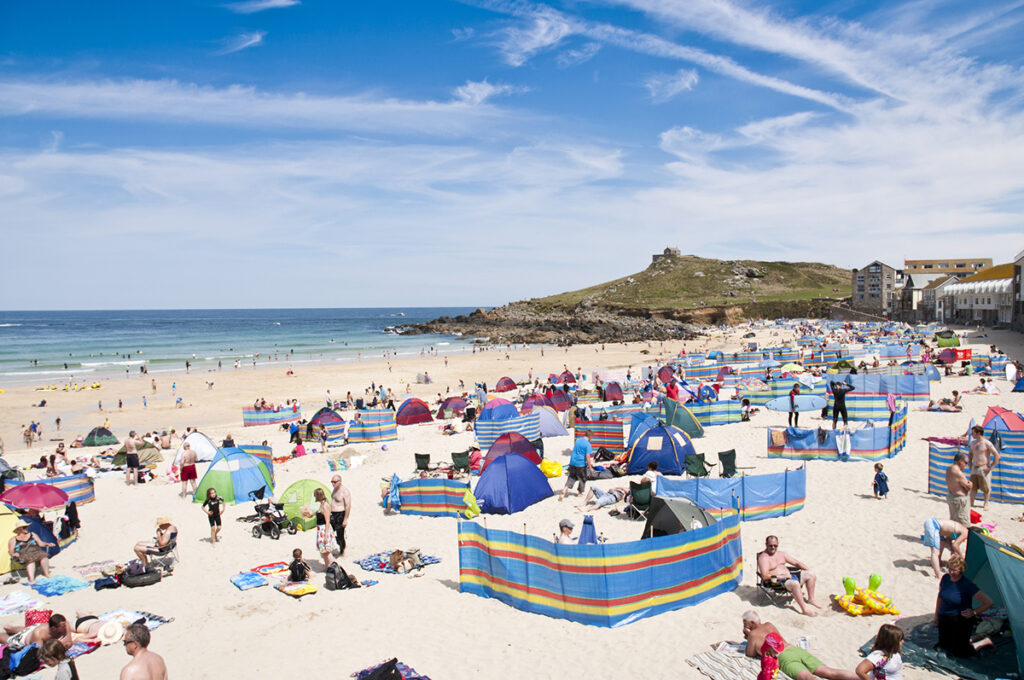
Cornwall is one of the most – if not the most – touristy places in the UK.
From June to August each year, the region’s full of holidaymakers enjoying its incredible beaches and summery atmosphere.
Why can this pose a danger? Largely due to the narrow roads which many tourists aren’t accustomed to driving down (often with too large cars).
Some tourists may also not take safety rules regarding the sea and cliffs seriously, which can put others in danger.
To avoid contributing to these issues, be fully aware of all the other dangers in Cornwall and know how to avoid them.
Are you ready for your trip to Cornwall?
Cornwall is a safe place to visit, but do be aware of these possible risks before visiting!
Don’t forget to check out the rest of my Cornwall guides to help you plan your trip – I also have a Facebook group, active Facebook page and newsletter where I share plenty of Cornwall travel tips!

